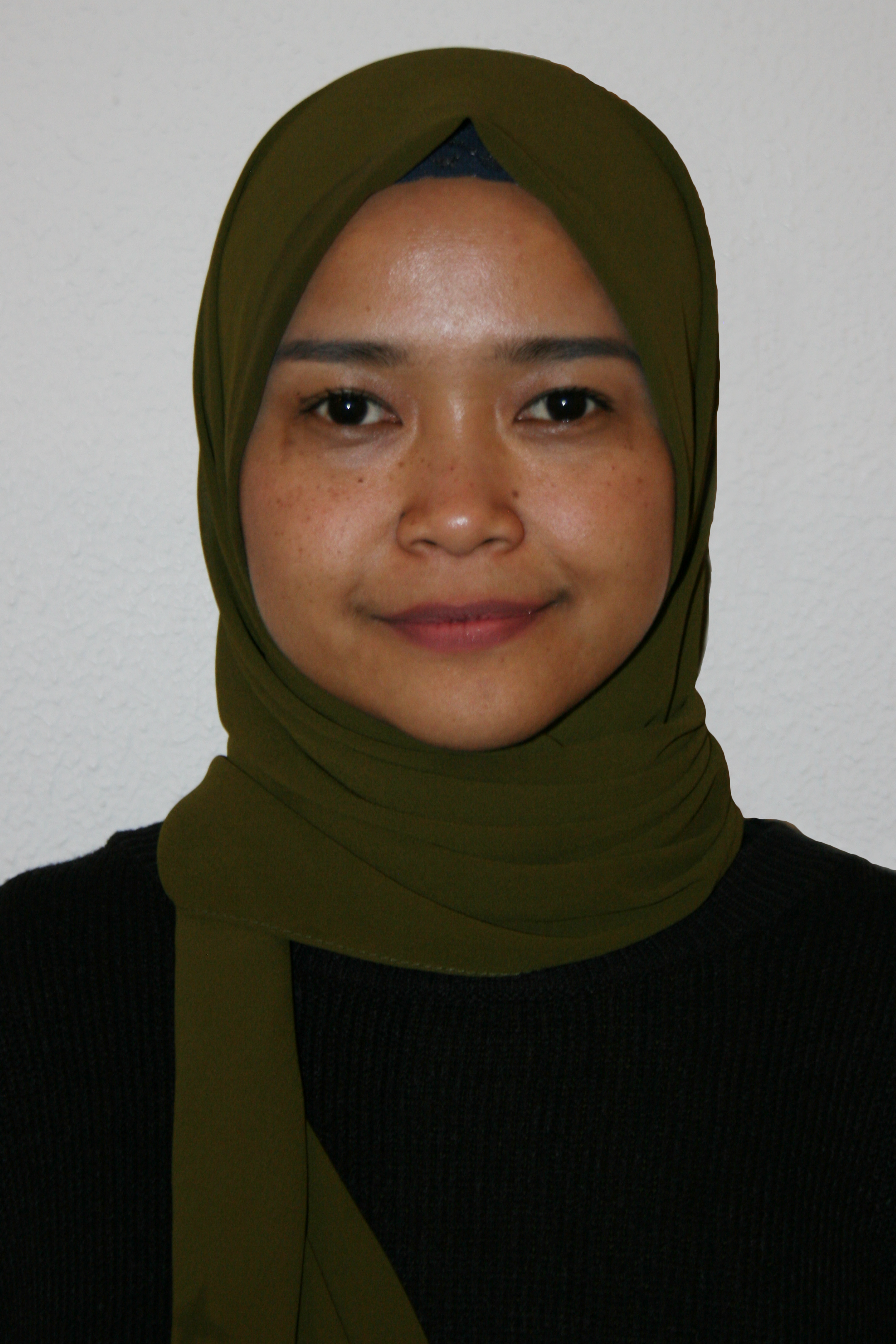MSc defence by Vivi Dewi Mardiana Nusantara
 Vivi Dewi Mardiana Nusantara from Indonesia, MSc Fellow in Geology at the University of Iceland will defend her MSc project on the Masters Day of the University of Iceland on 31 May 2022 at 14:00 in room N-121 Askja, University of Iceland.
Vivi Dewi Mardiana Nusantara from Indonesia, MSc Fellow in Geology at the University of Iceland will defend her MSc project on the Masters Day of the University of Iceland on 31 May 2022 at 14:00 in room N-121 Askja, University of Iceland.
The title of the project is:
Borehole geology of Well HLS-EX - Hululais geothermal field, Sumatra Island, Indonesia
Vivi's supervisors are:
Enikő Bali, Senior Lecturer, University of Iceland
Tobias Björn Weisenberger, Research Specialist, University of Iceland
Examiner:
The external examiner is Anette Kærgaard Mortensen, Geoogist and project manager, Landsvirkjun
Abstract
This study characterizes the stratigraphy and hydrothermal alteration of the 3,280 m deep HLS-EX well, in the Hululais geothermal field, Sumatra Island, Indonesia. Rock cuttings and cores were examined through stereo- and optical microscope, clay minerals were determined by X-ray diffractometry (XRD) and whole-rock compositions were studied by inductively coupled plasma-optical emission spectrometry (ICP-OES) and loss on ignition (LOI). These obtained data were combined with the results of drilling logs. Eight rock types were distinguished in the borehole, including altered andesite and dacite lavas, intrusions of basaltic diorite, diorite, and granodiorite, andesitic and dacitic tuff, and volcanic breccia. Andesitic rocks dominate (~70%) in the borehole. Magmatic differentiation process was observed in the slightly to moderately altered rocks. The negative correlation between MgO and Na2O, K2O, SiO2, and Zr indicates the incompatibility of these components in the andesitic magma from which most of the samples are derived. On the other hand, CaO decreases with MgO due to the crystal fractionation of plagioclase, FeO concentration decreases during the crystallization of Fe-Mg silicates (pyroxene and amphibole), and TiO2 decreases due to the crystallization of Fe-Ti oxides. The alteration intensity observed in the samples shows a positive correlation with the loss on ignition measurements, suggesting most of the samples are highly altered, especially in the pyroclastic tuff and volcanic breccia. Hydrothermal alteration zones are categorized as the smectite zone, epidote-illite zone, and secondary biotite zone. Although it is slightly lower than the geothermometry profile, the measured borehole temperature trend is similar, representing a high-temperature geothermal well. Hydrothermal alteration processes have resulted in the geochemical modification of the magmatic rocks. Major and trace components were intensively mobilized during the alteration processes, and MgO was found to be the least mobile major component. The following processes were observed: silicification that results in an increase in SiO2, chloritization and oxidation, which cause an increase in total iron, enrichment of Na2O during albitization in some samples, whereas in the other samples, kaolinization of primary plagioclase decreased the Na2O concentration. Plagioclase breakdown leads to the mobilization of CaO and the leaching of calcium in the hydrothermally altered rocks.

